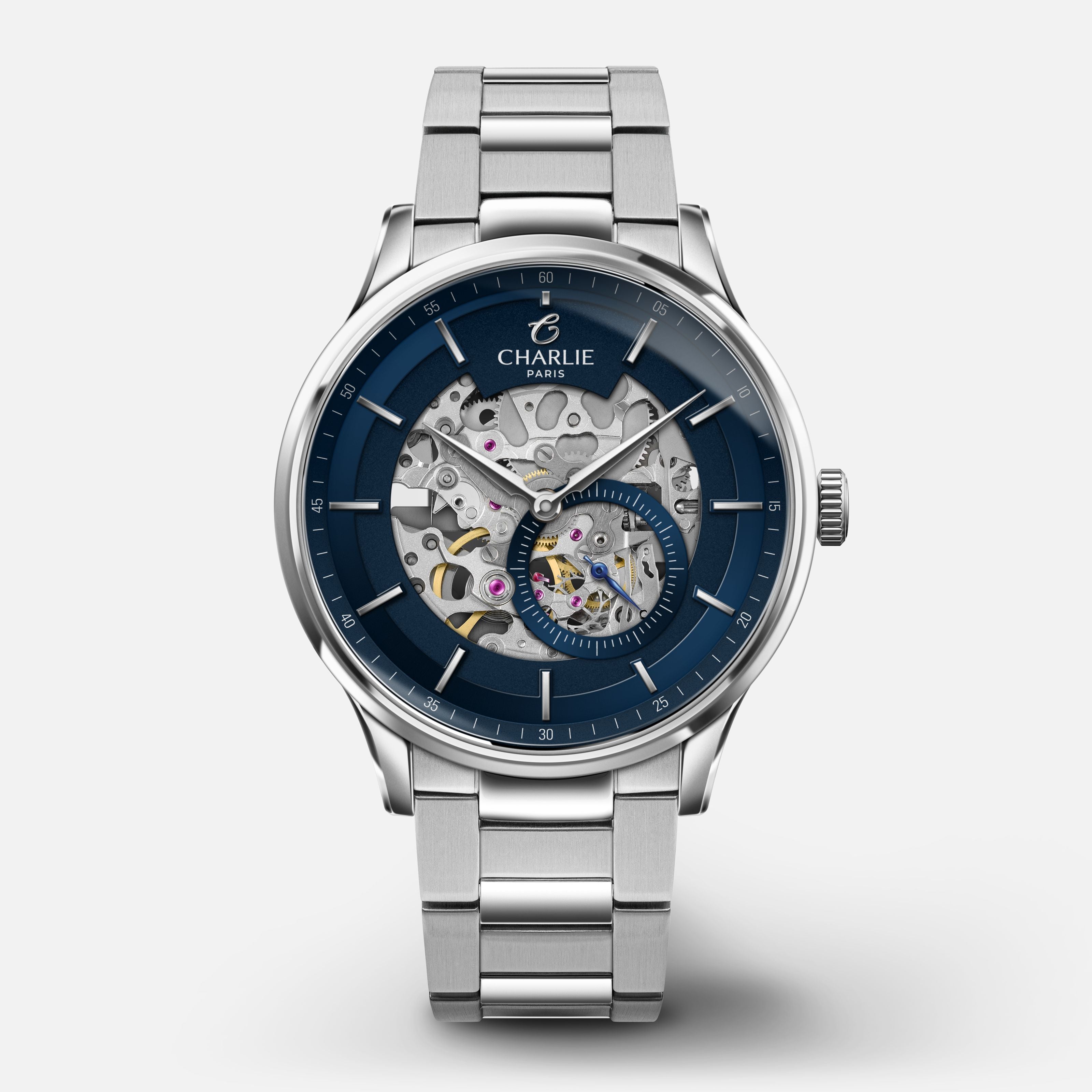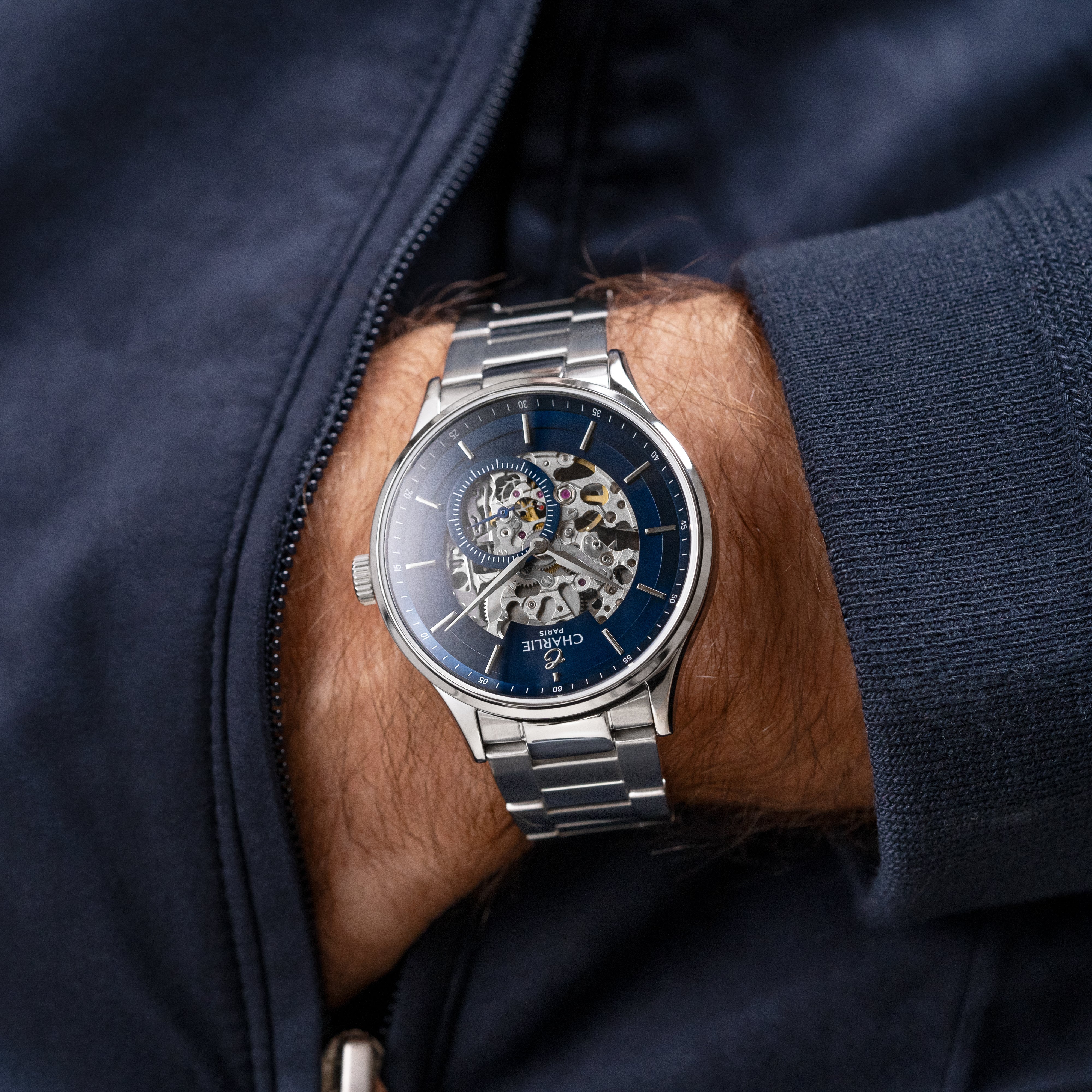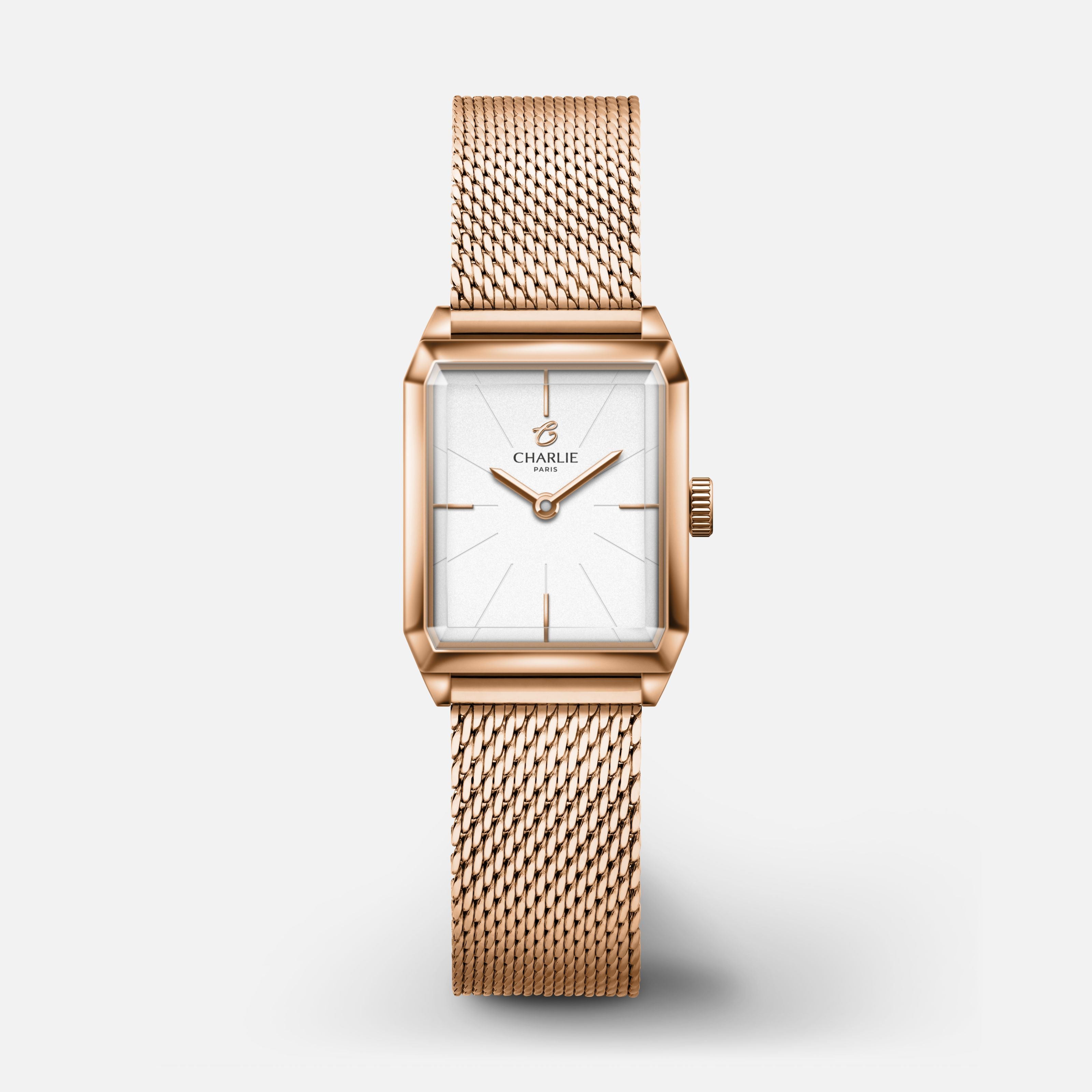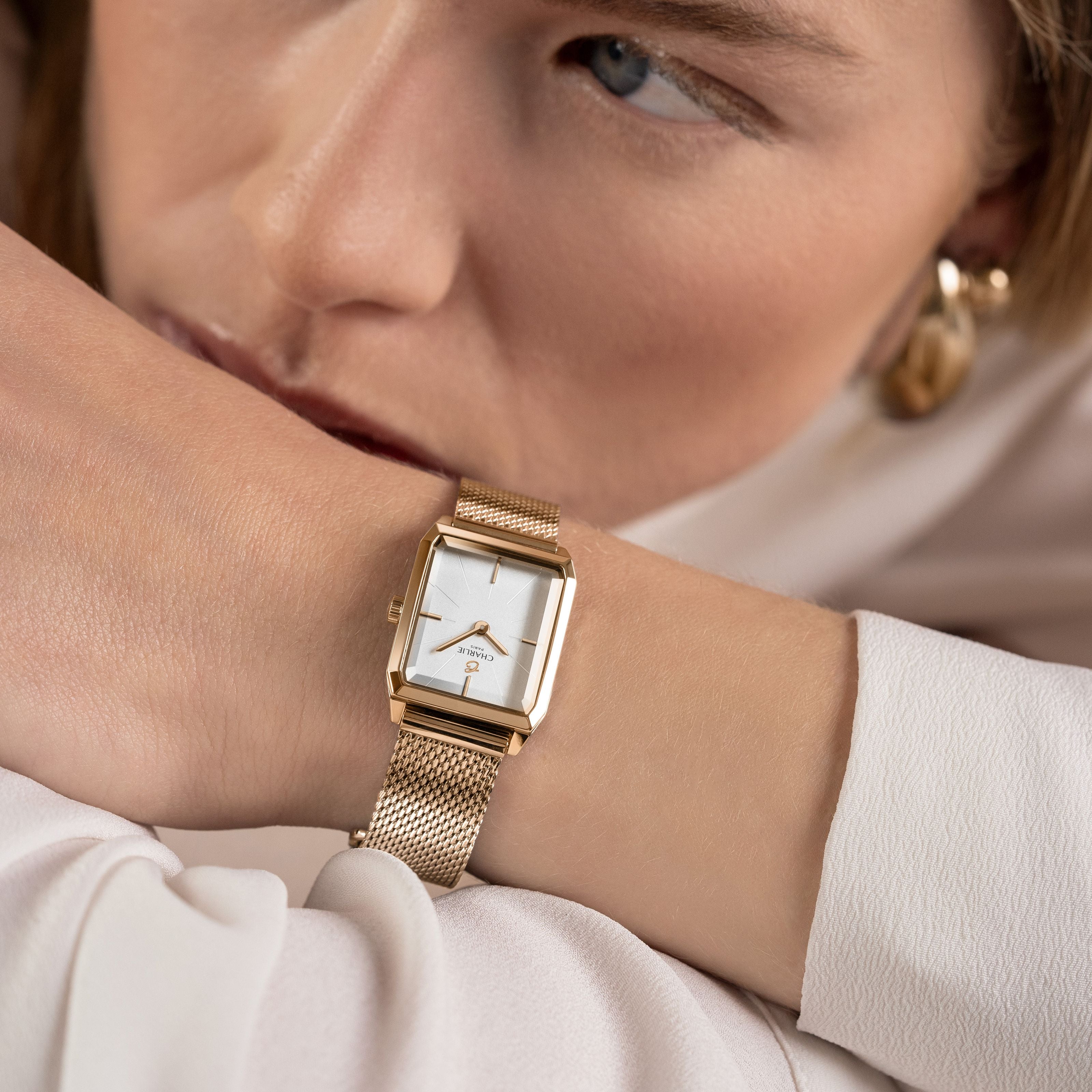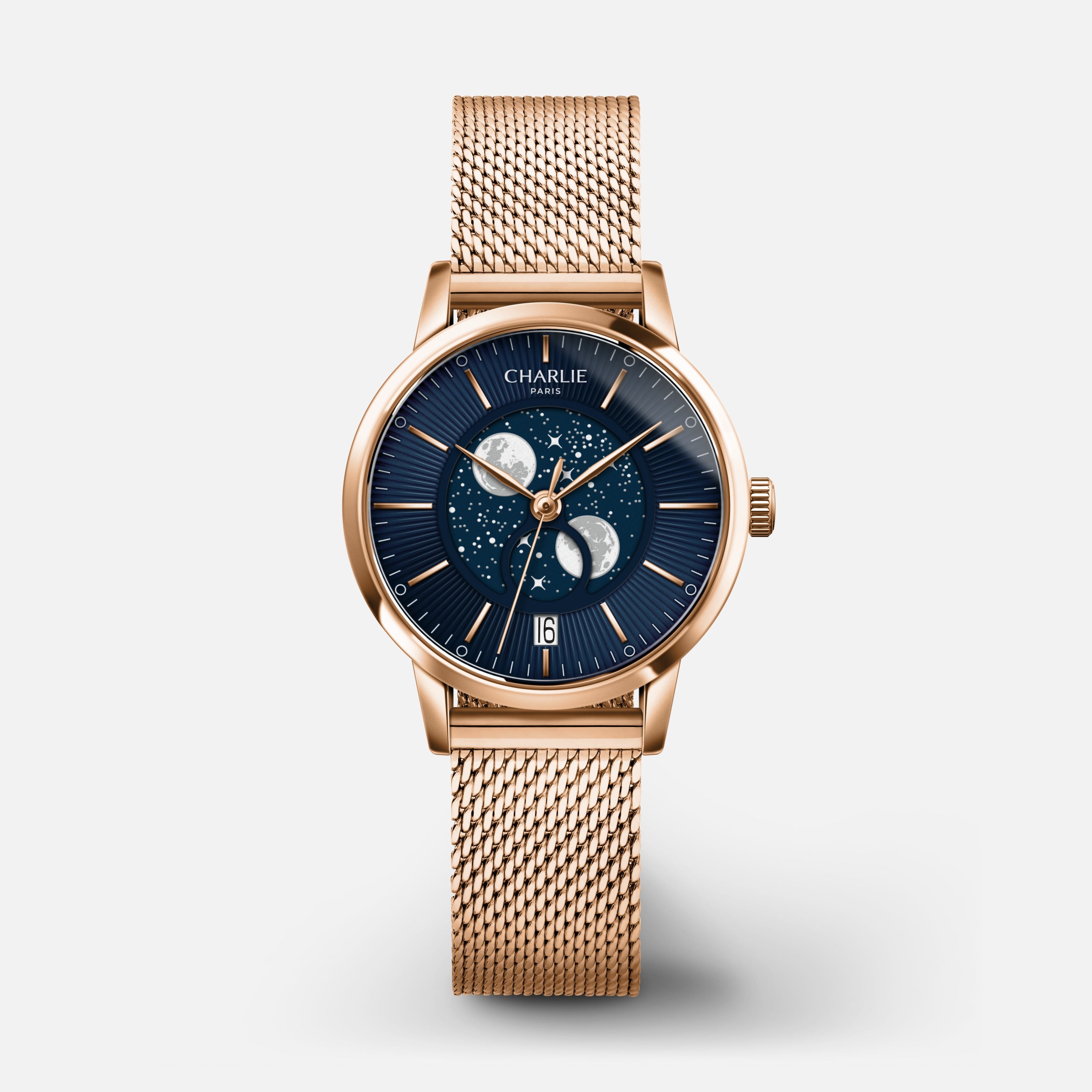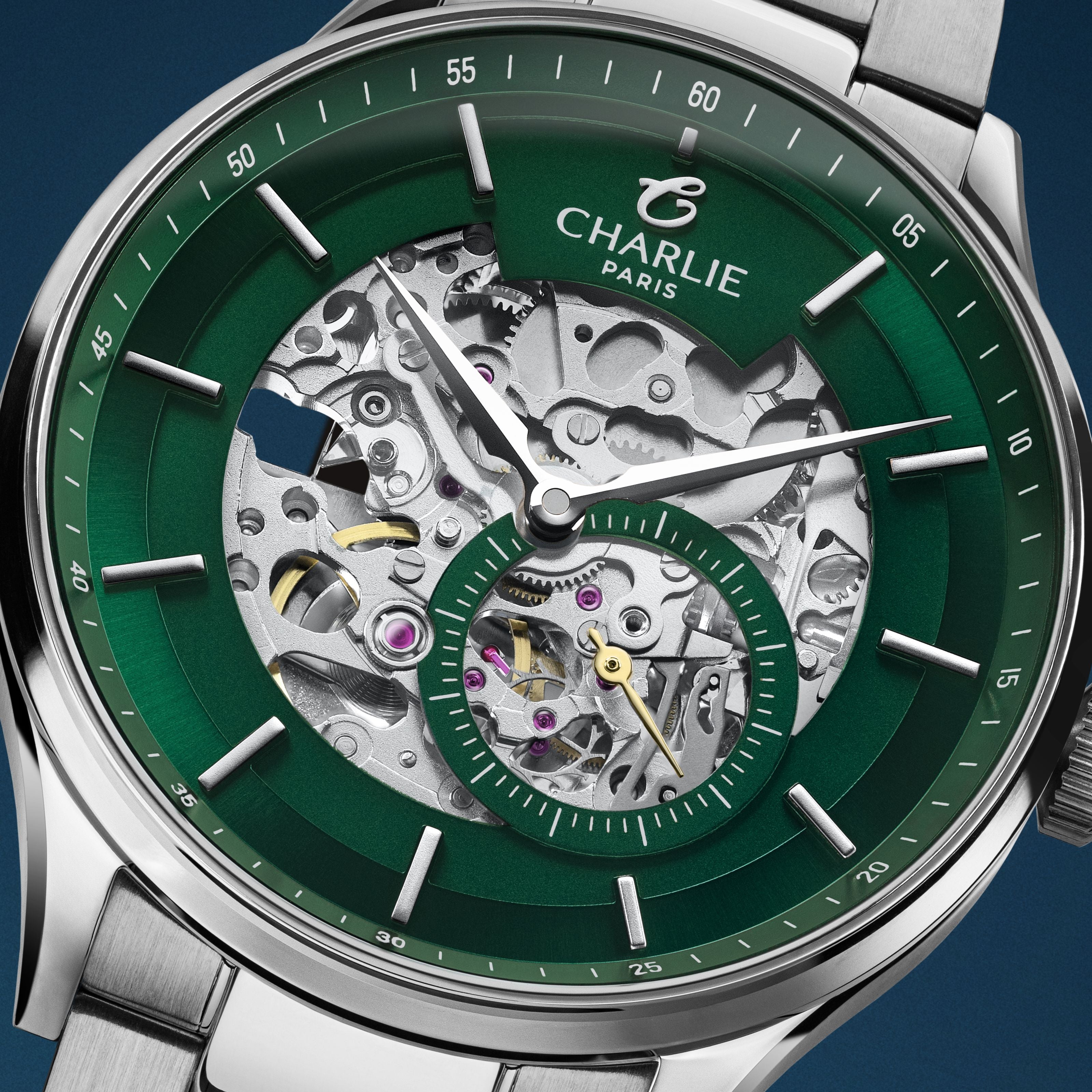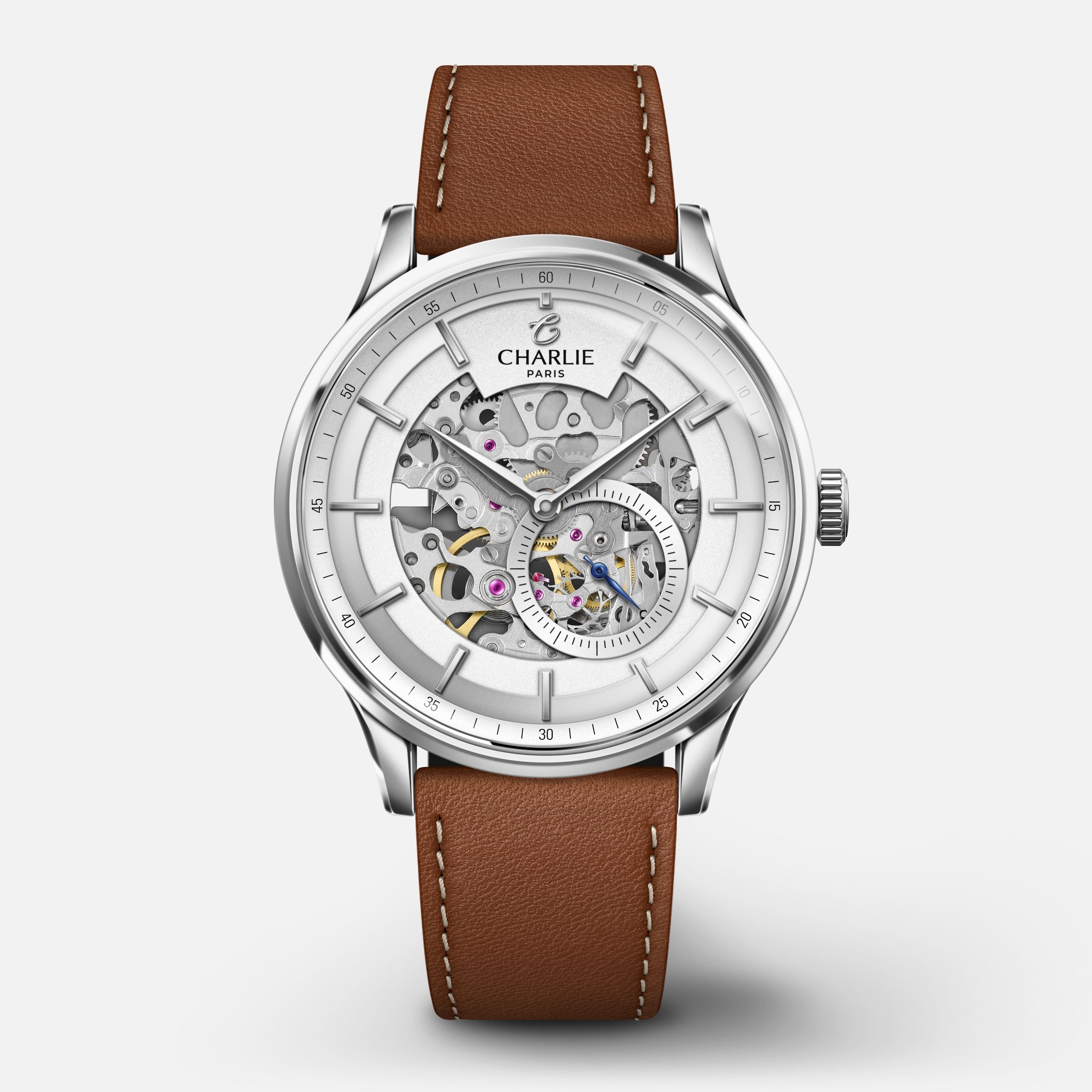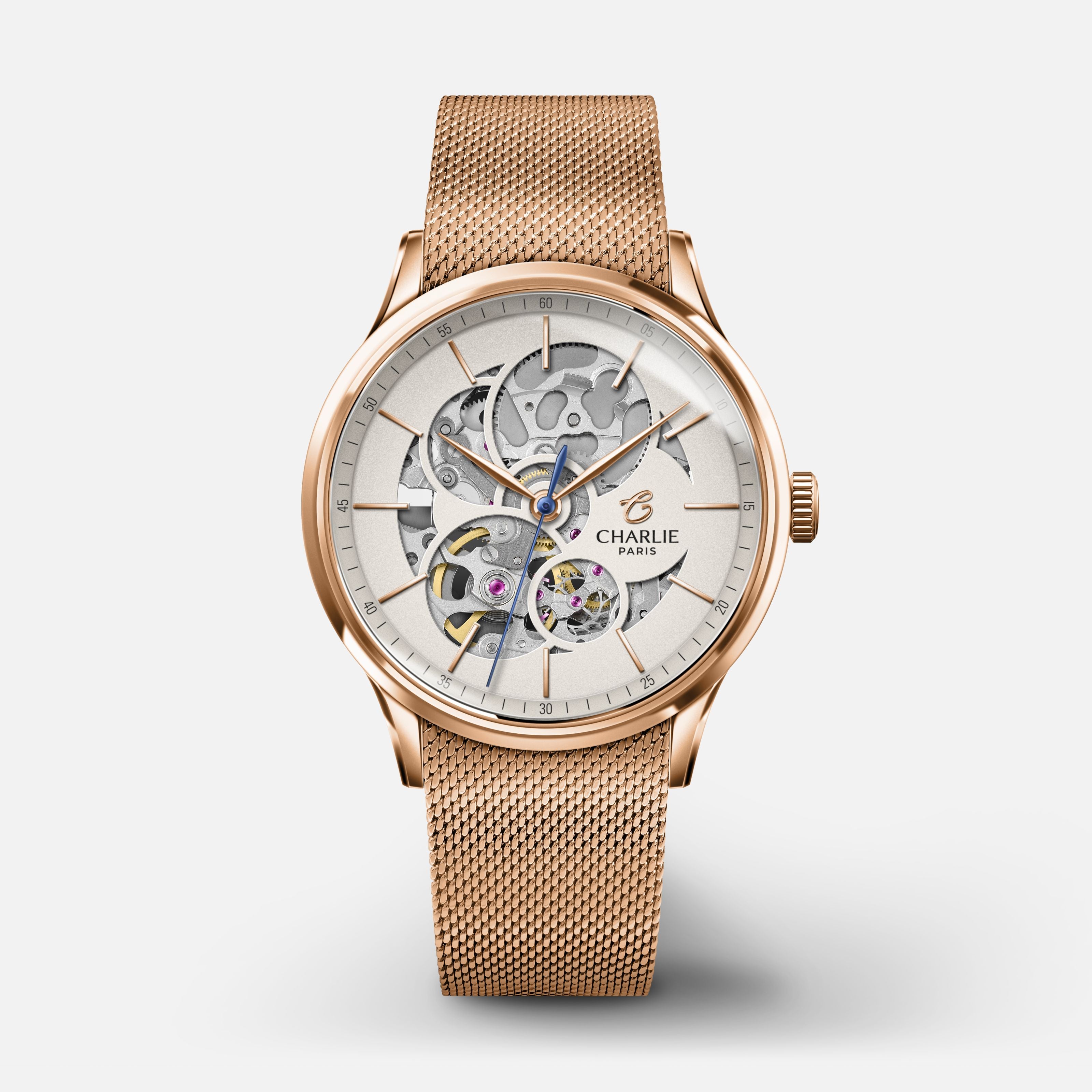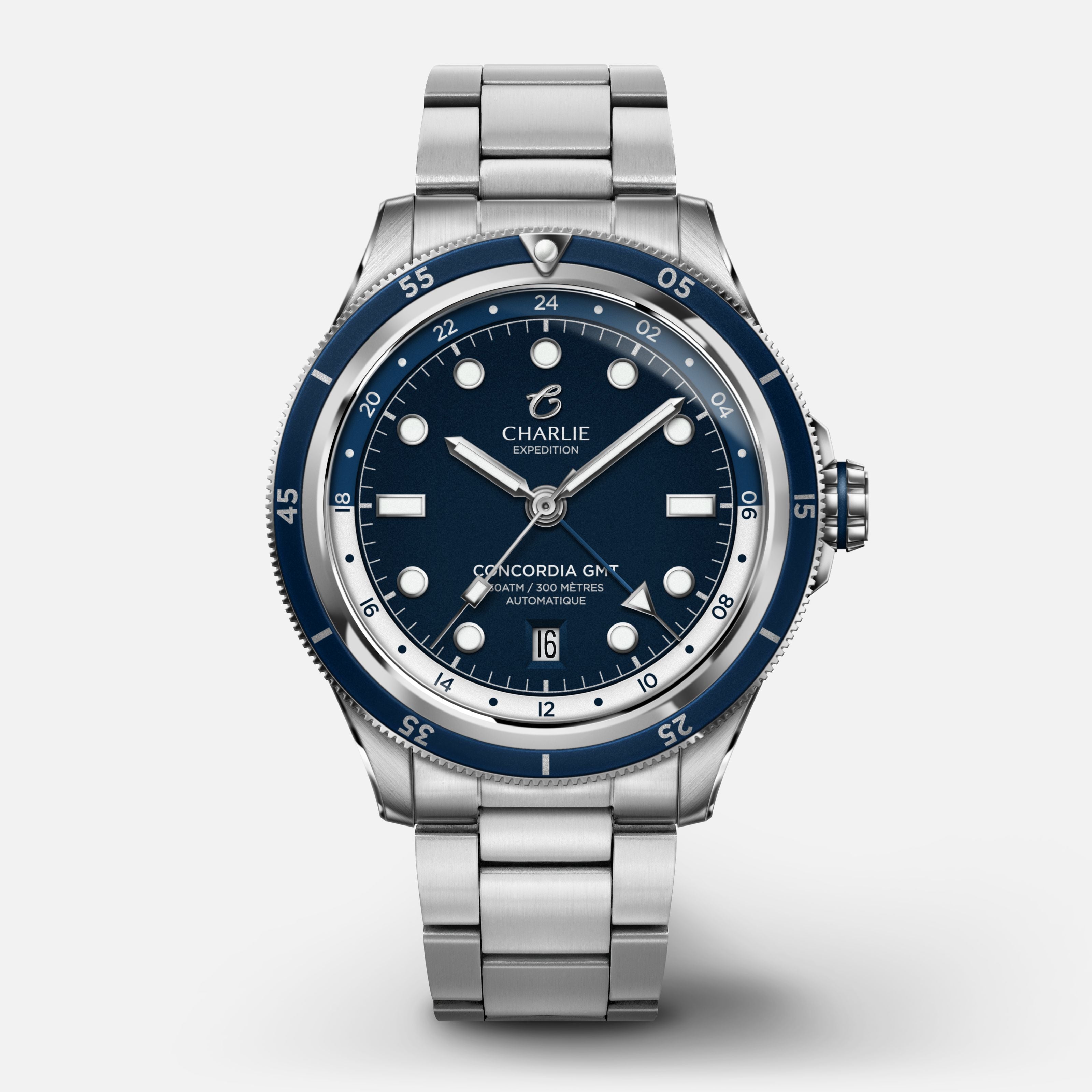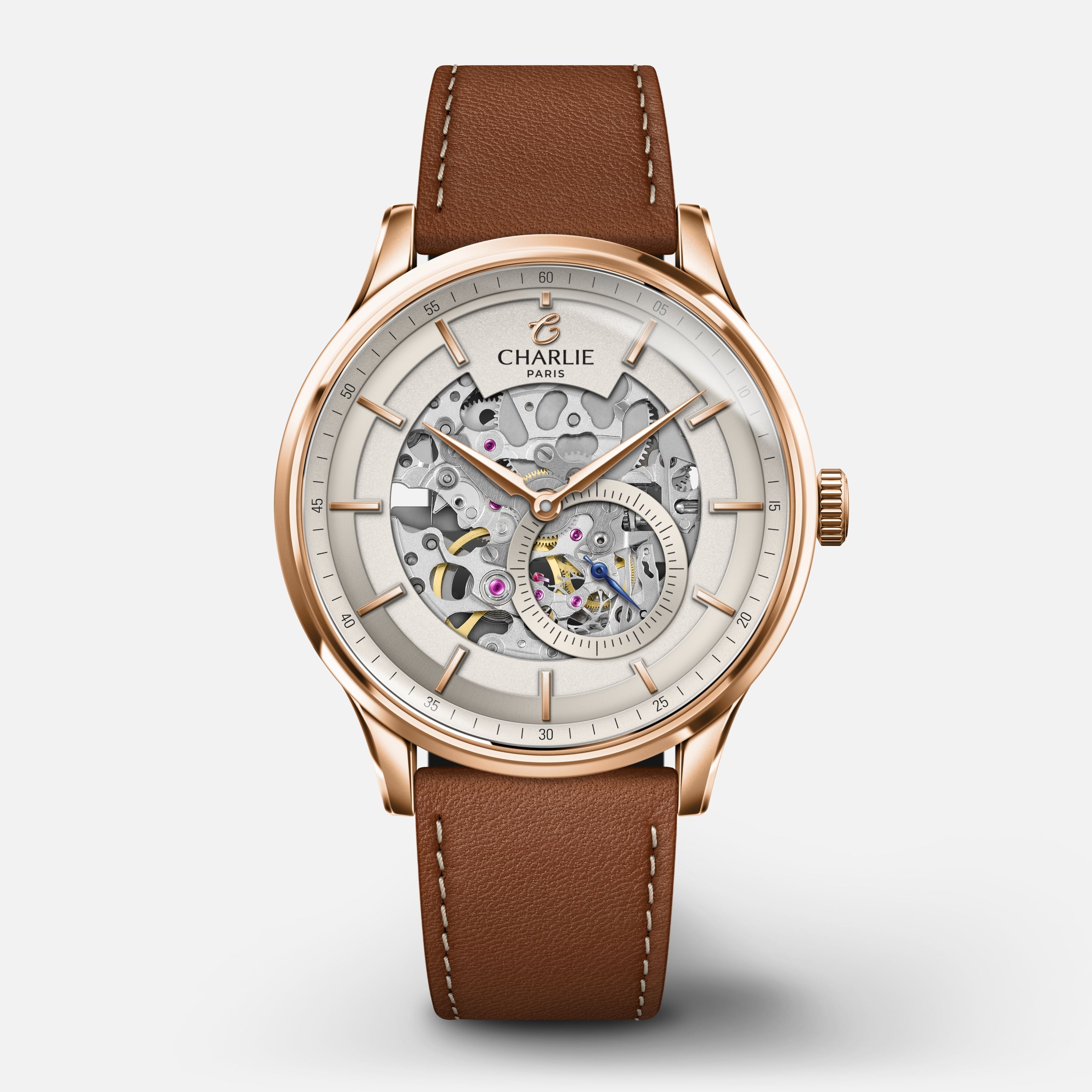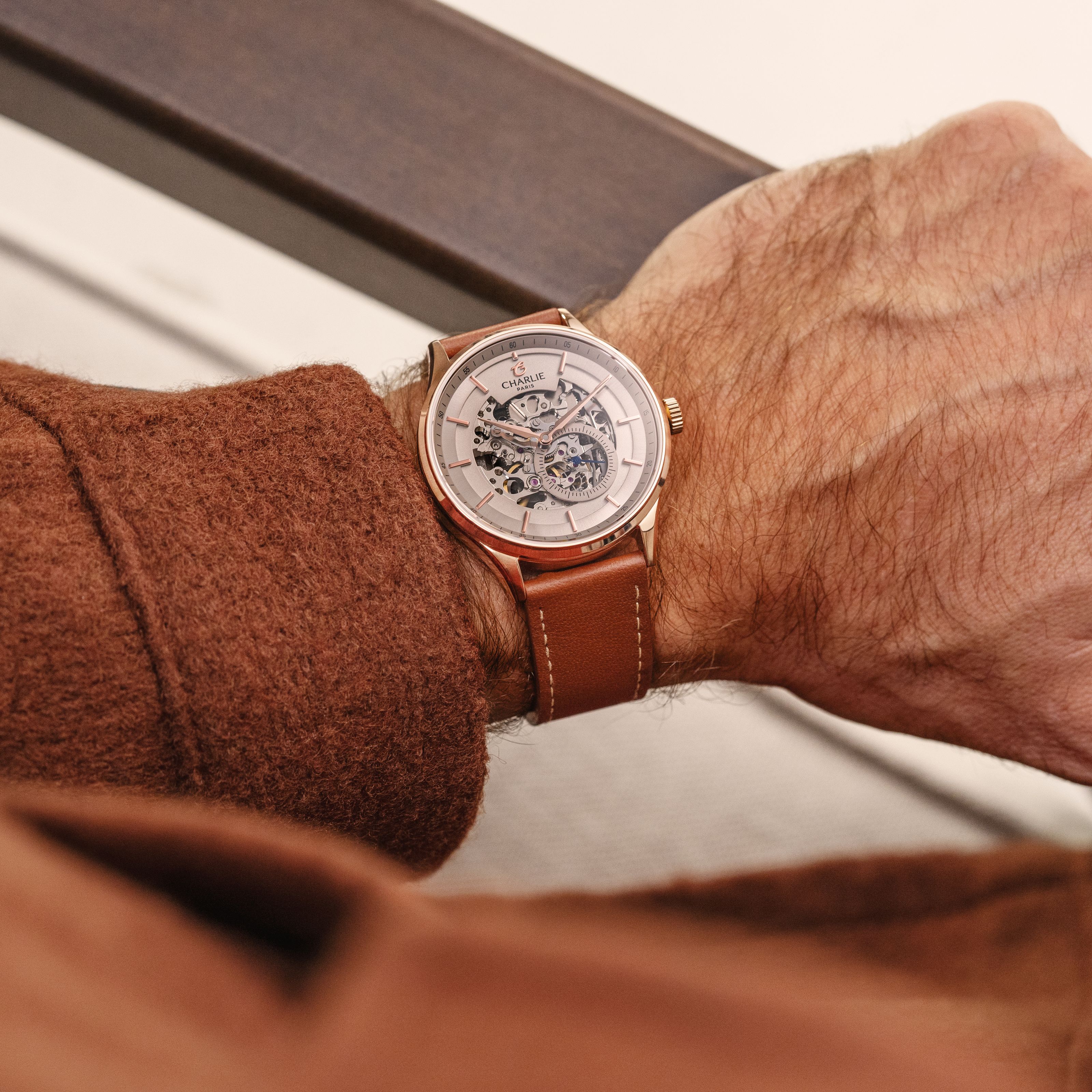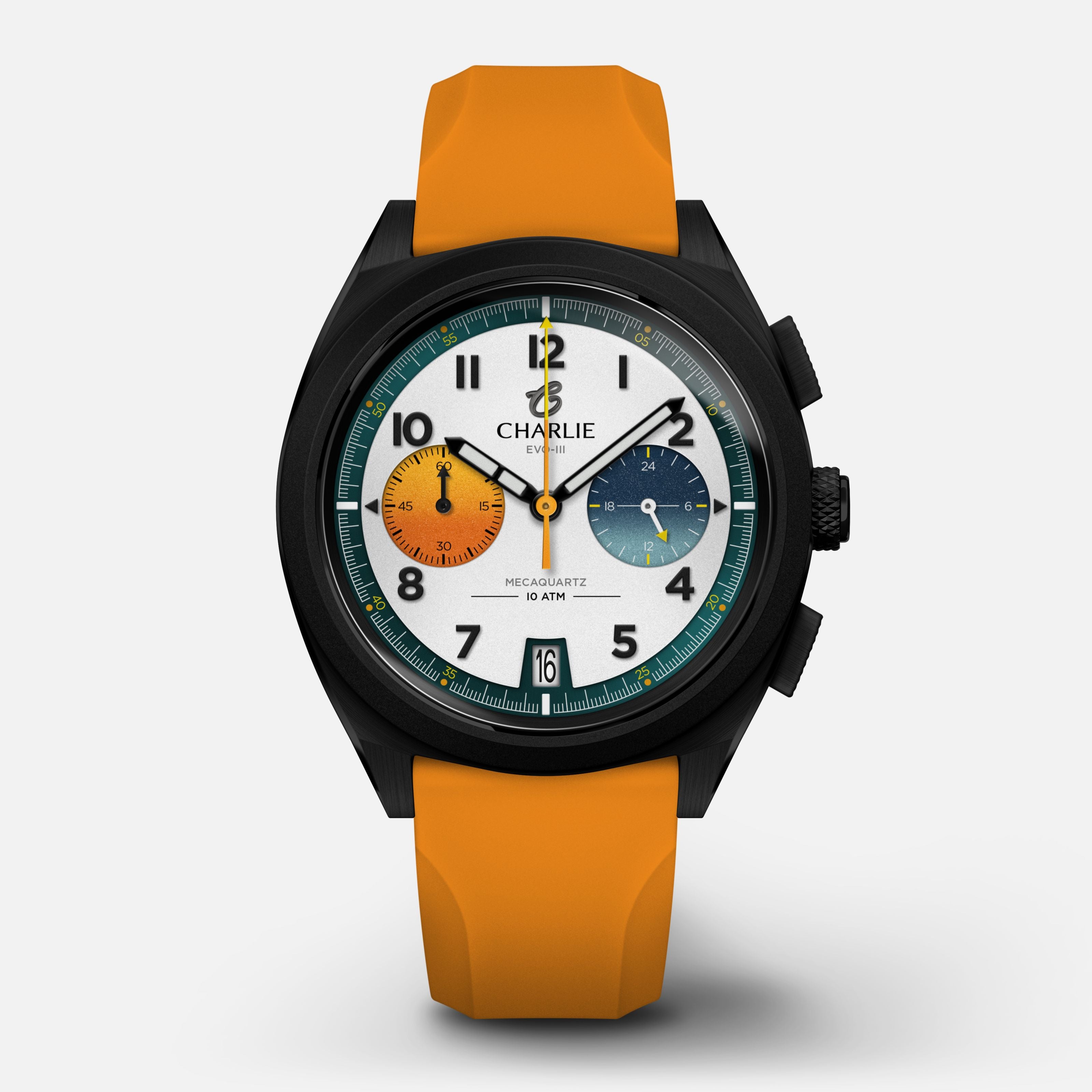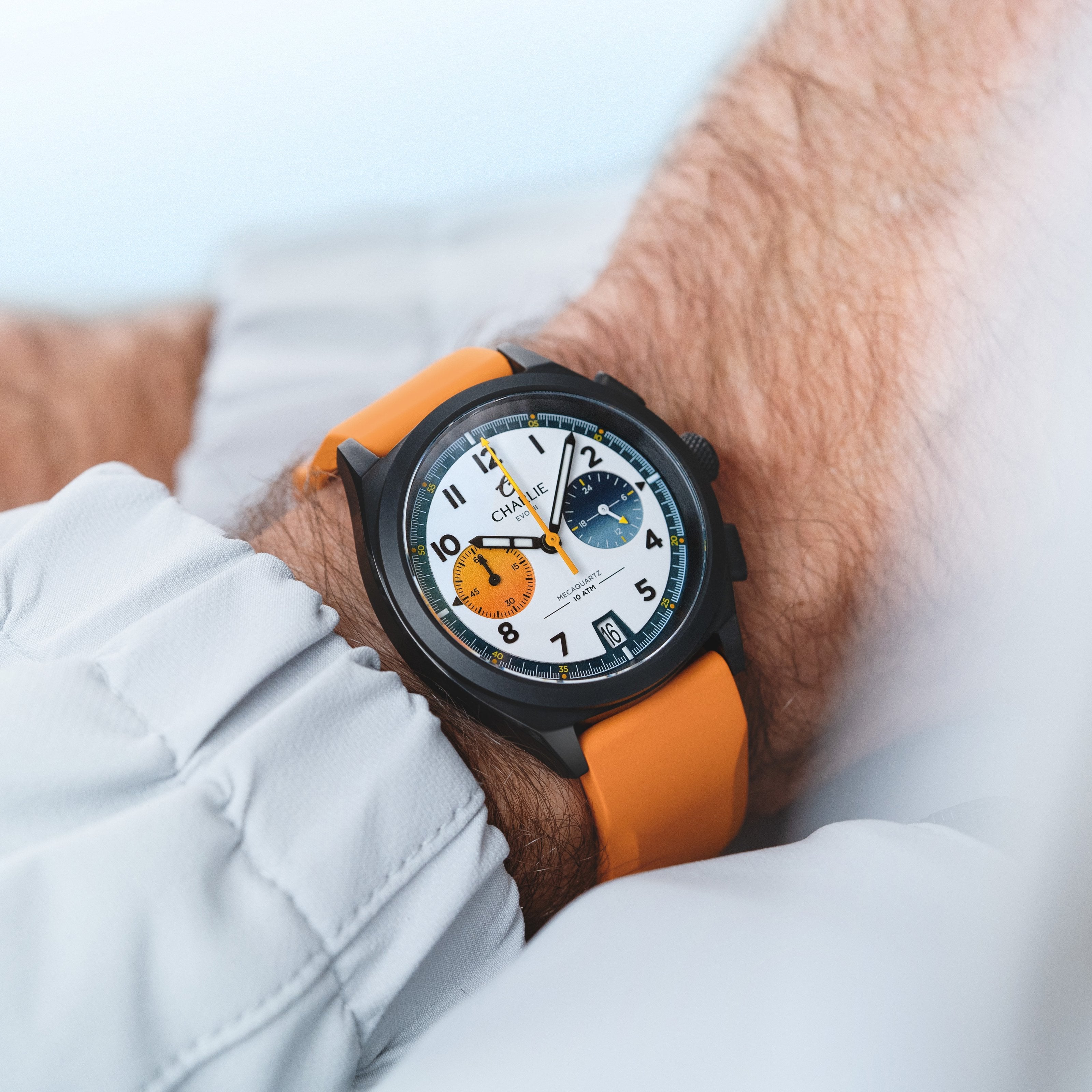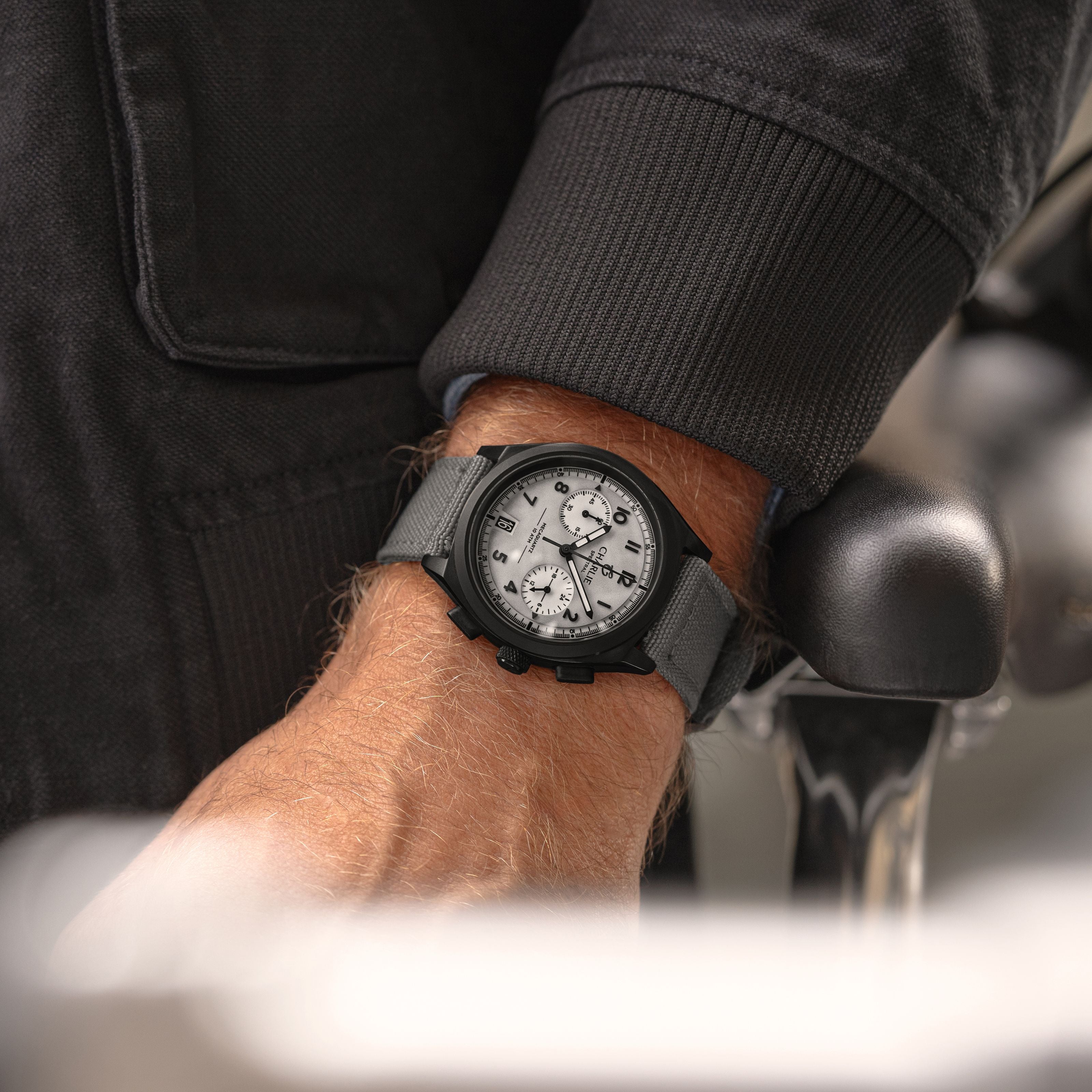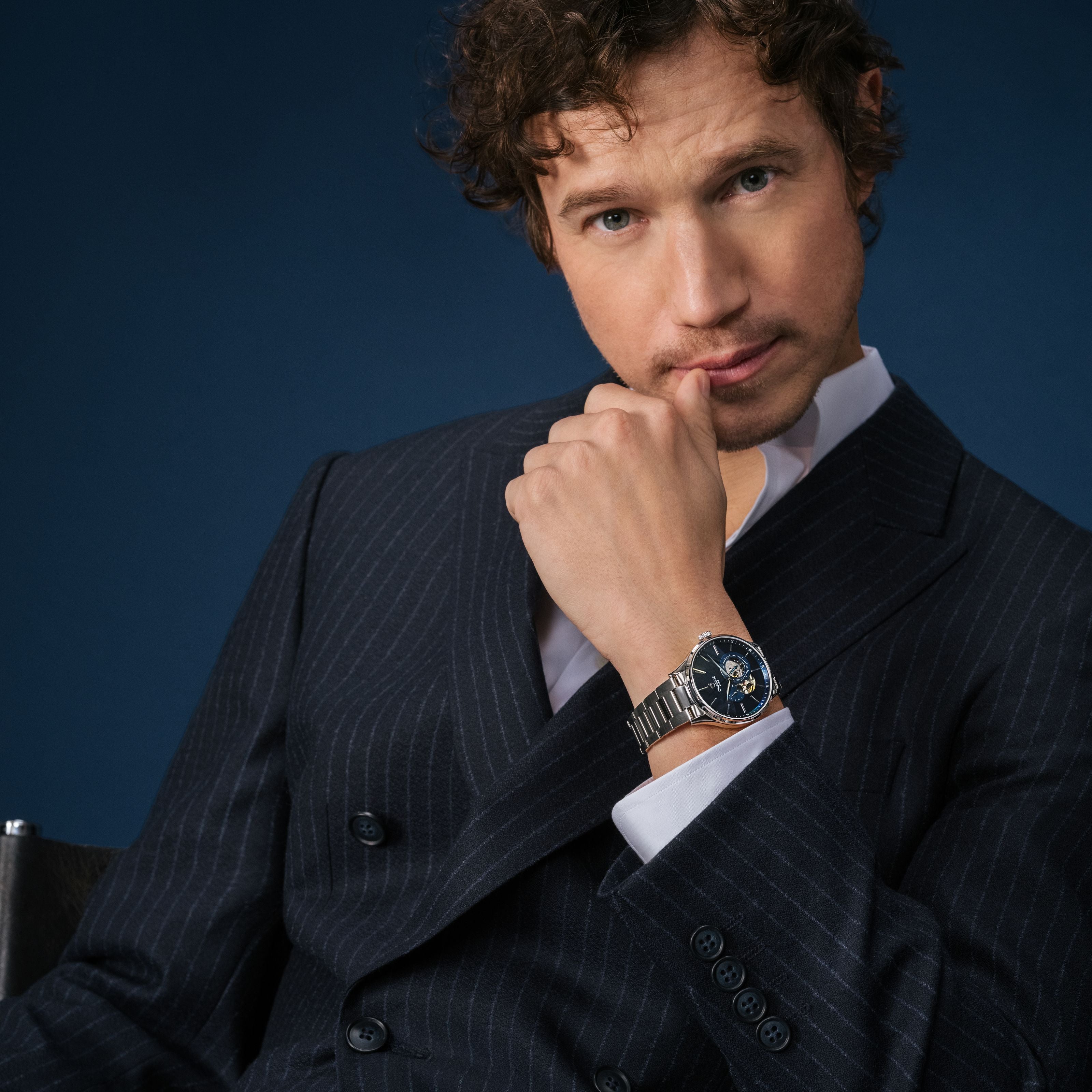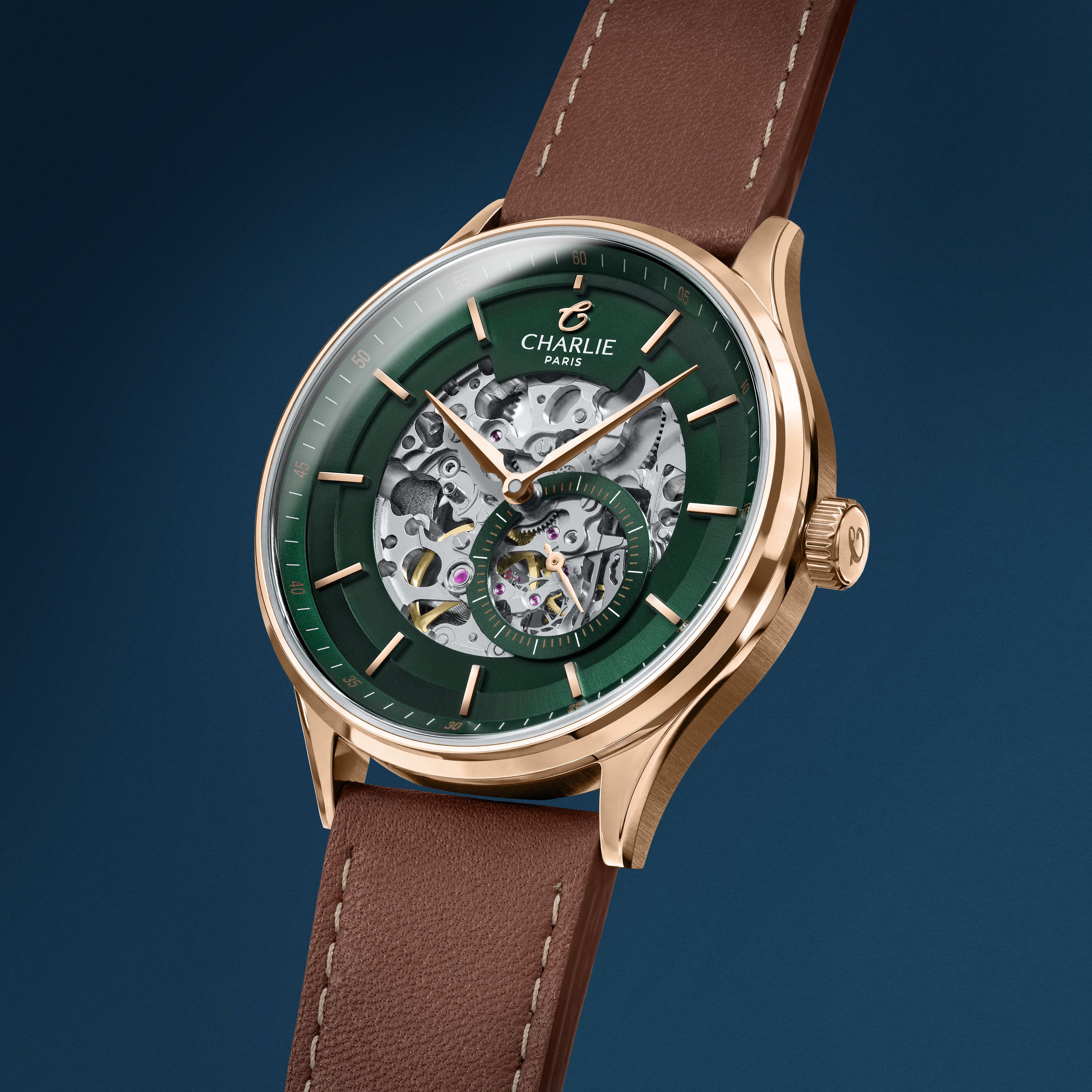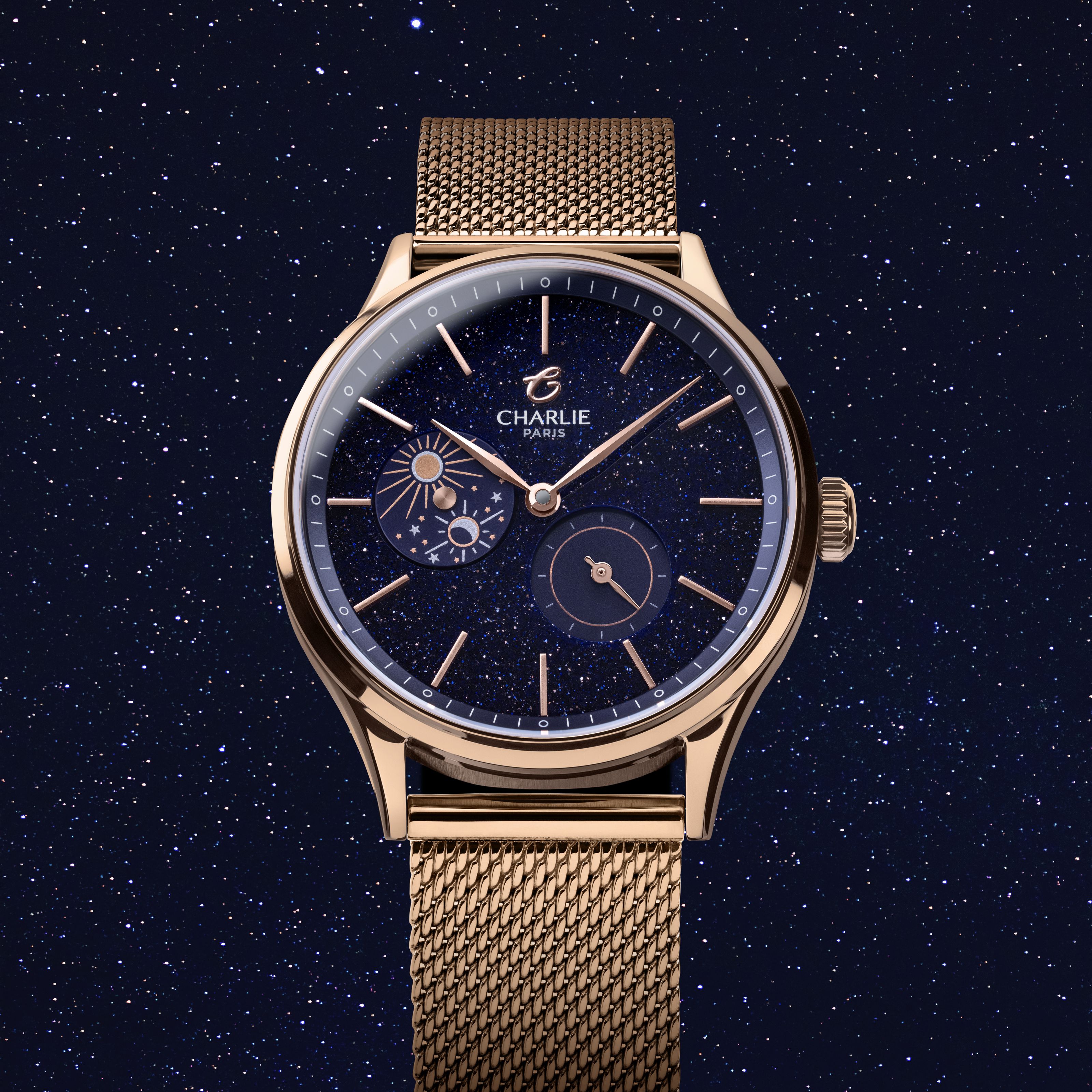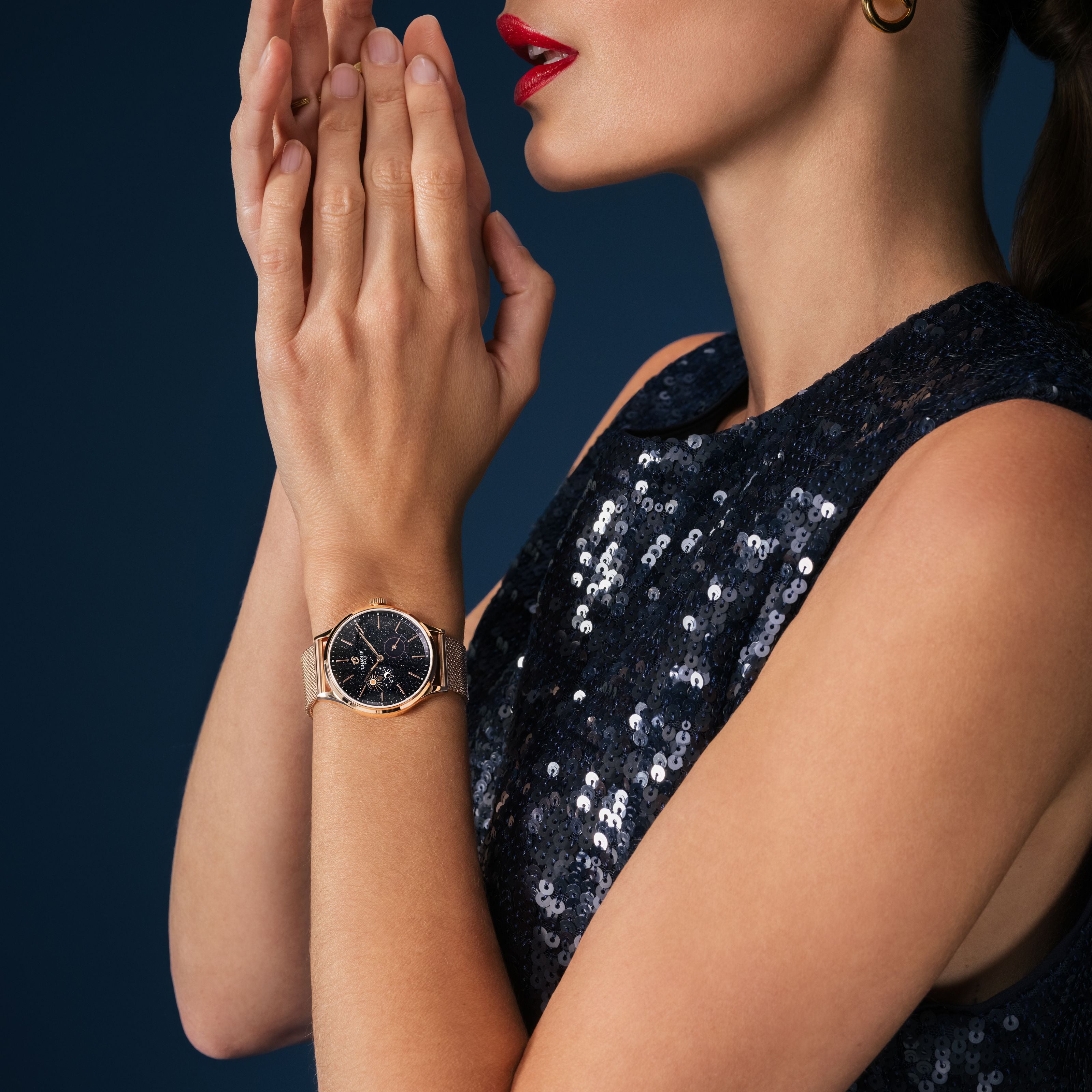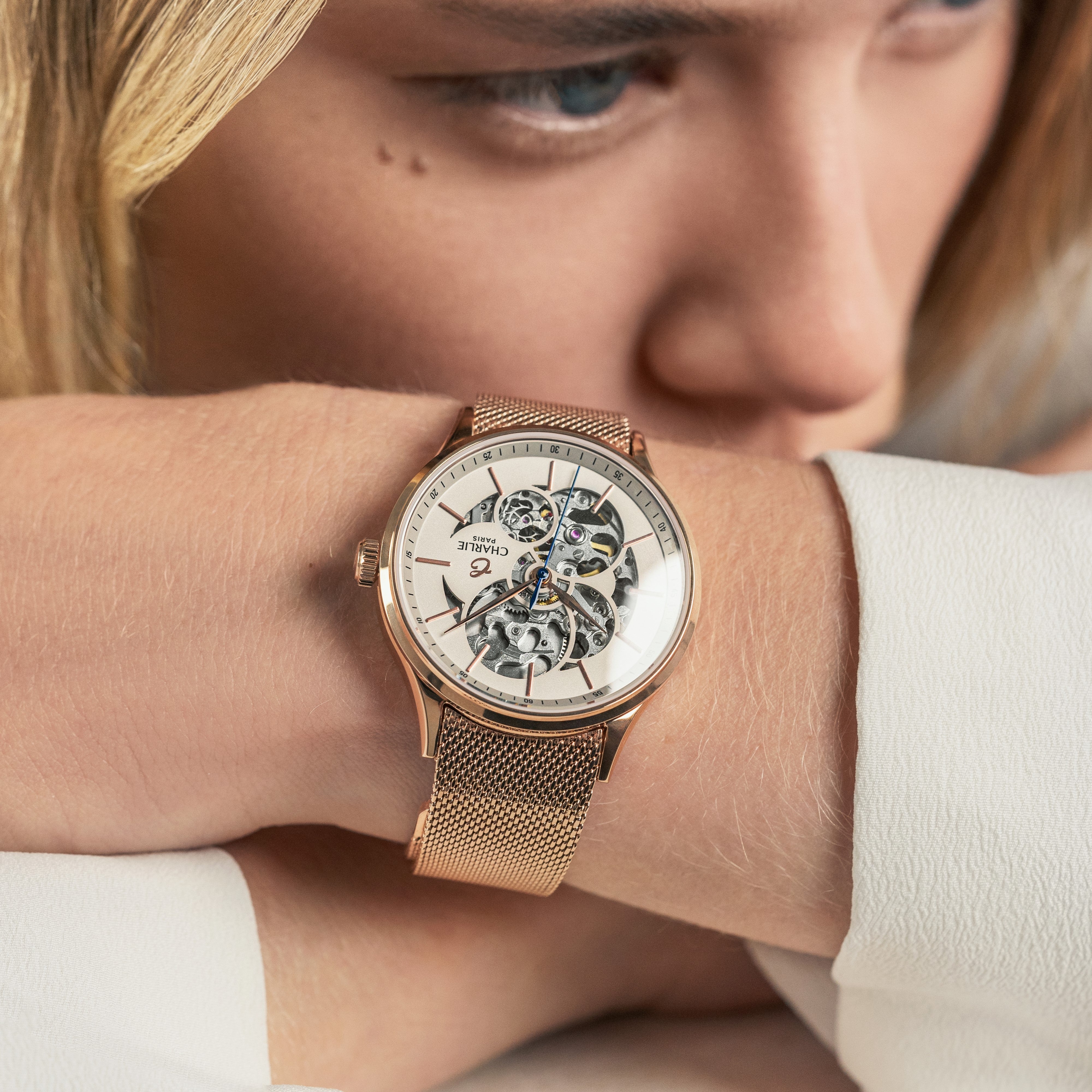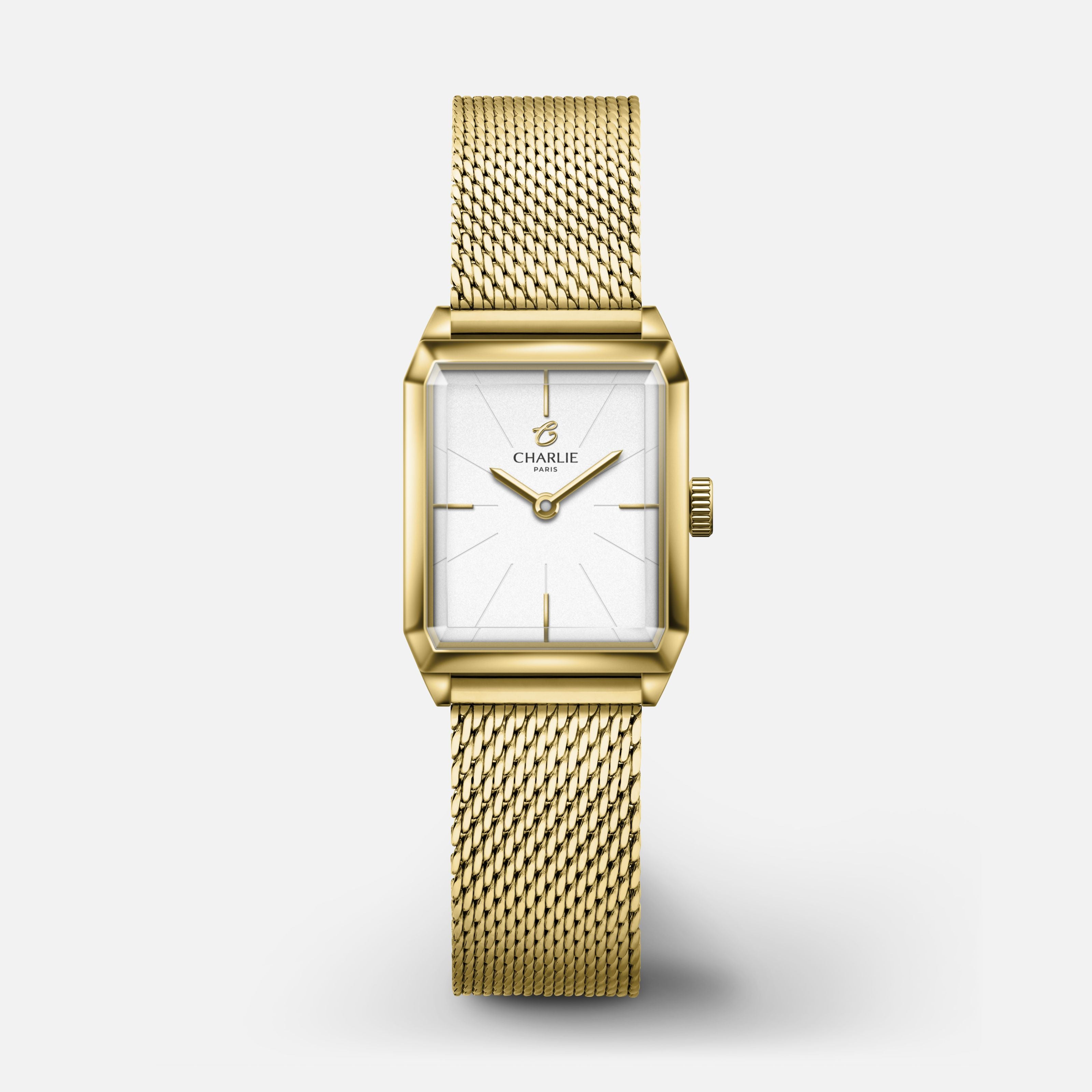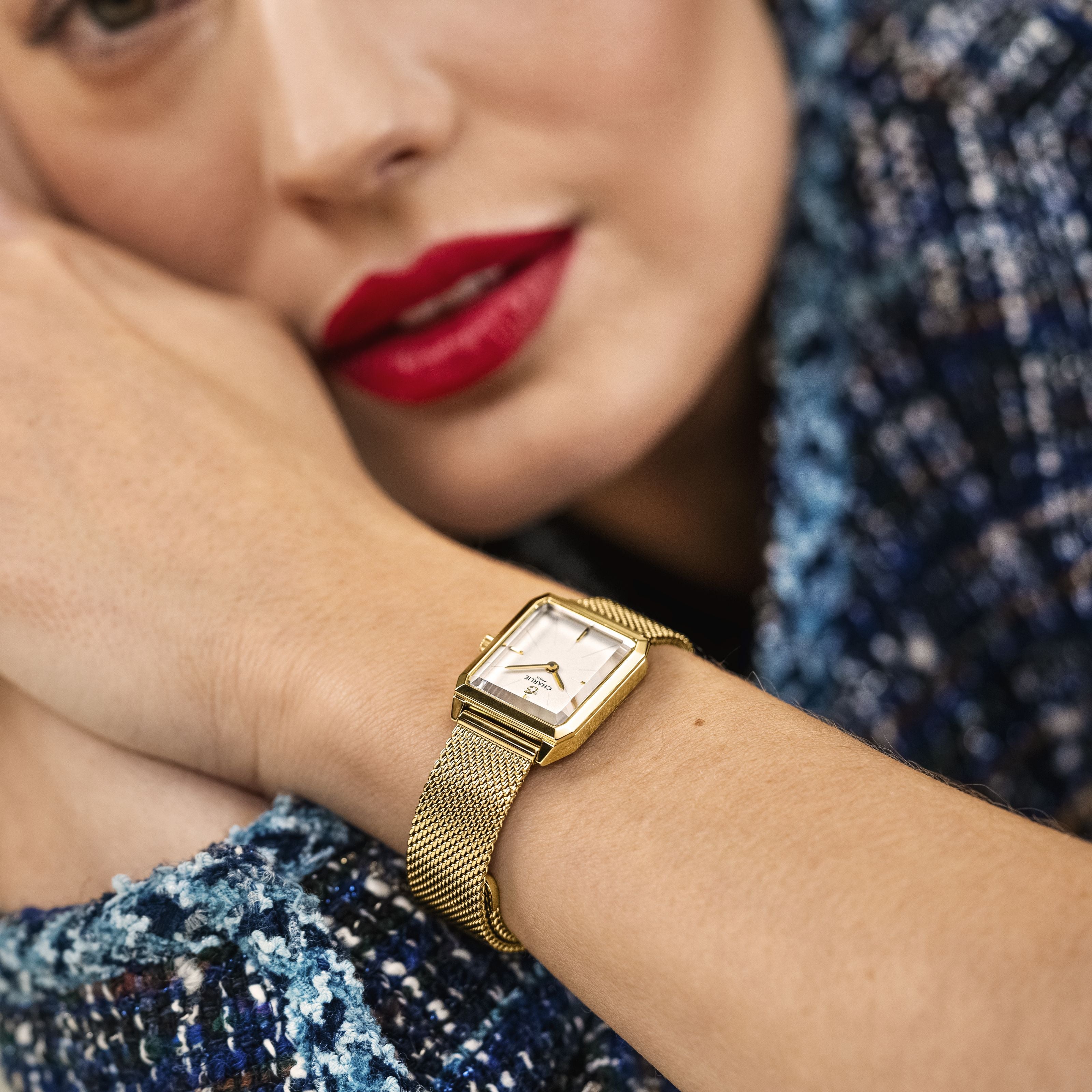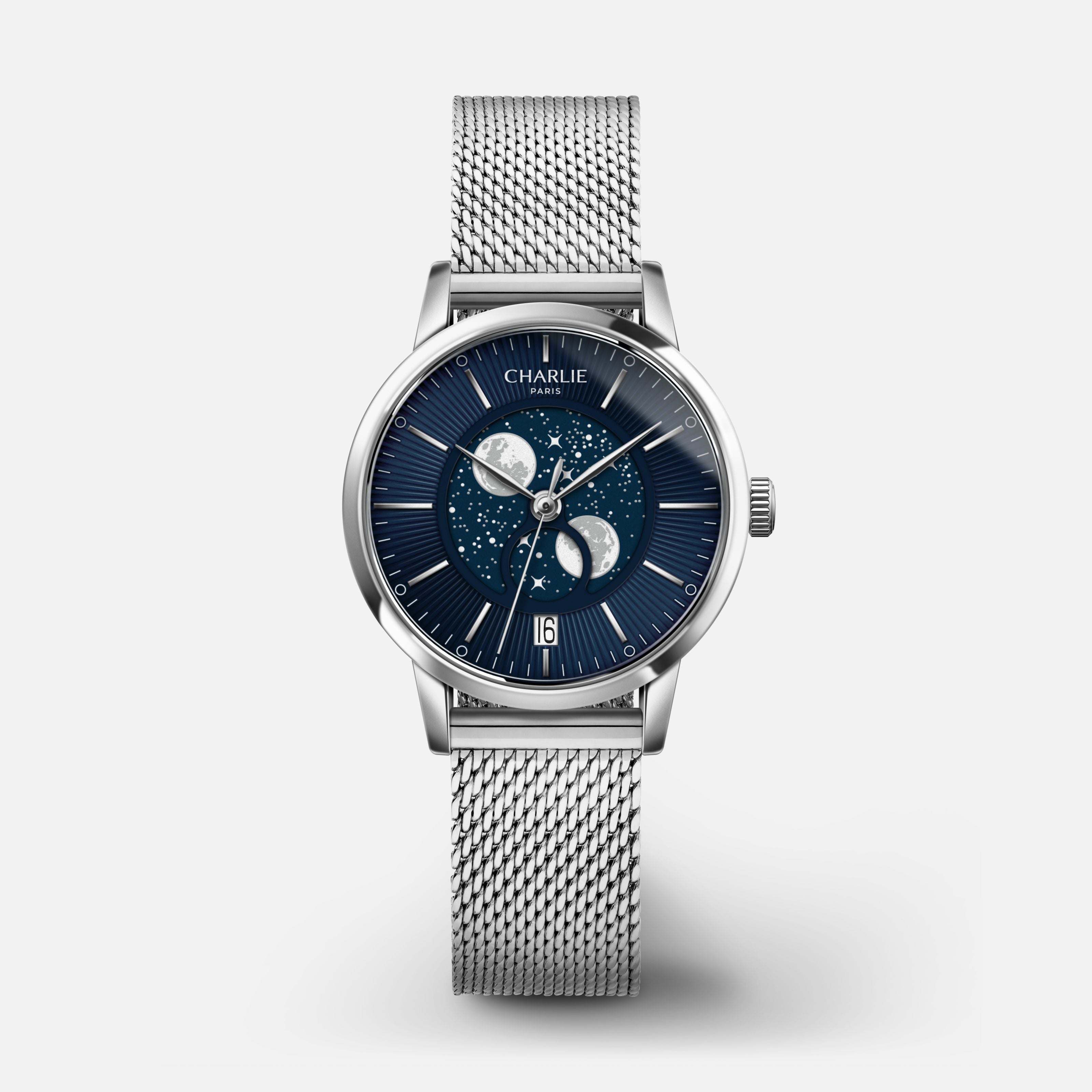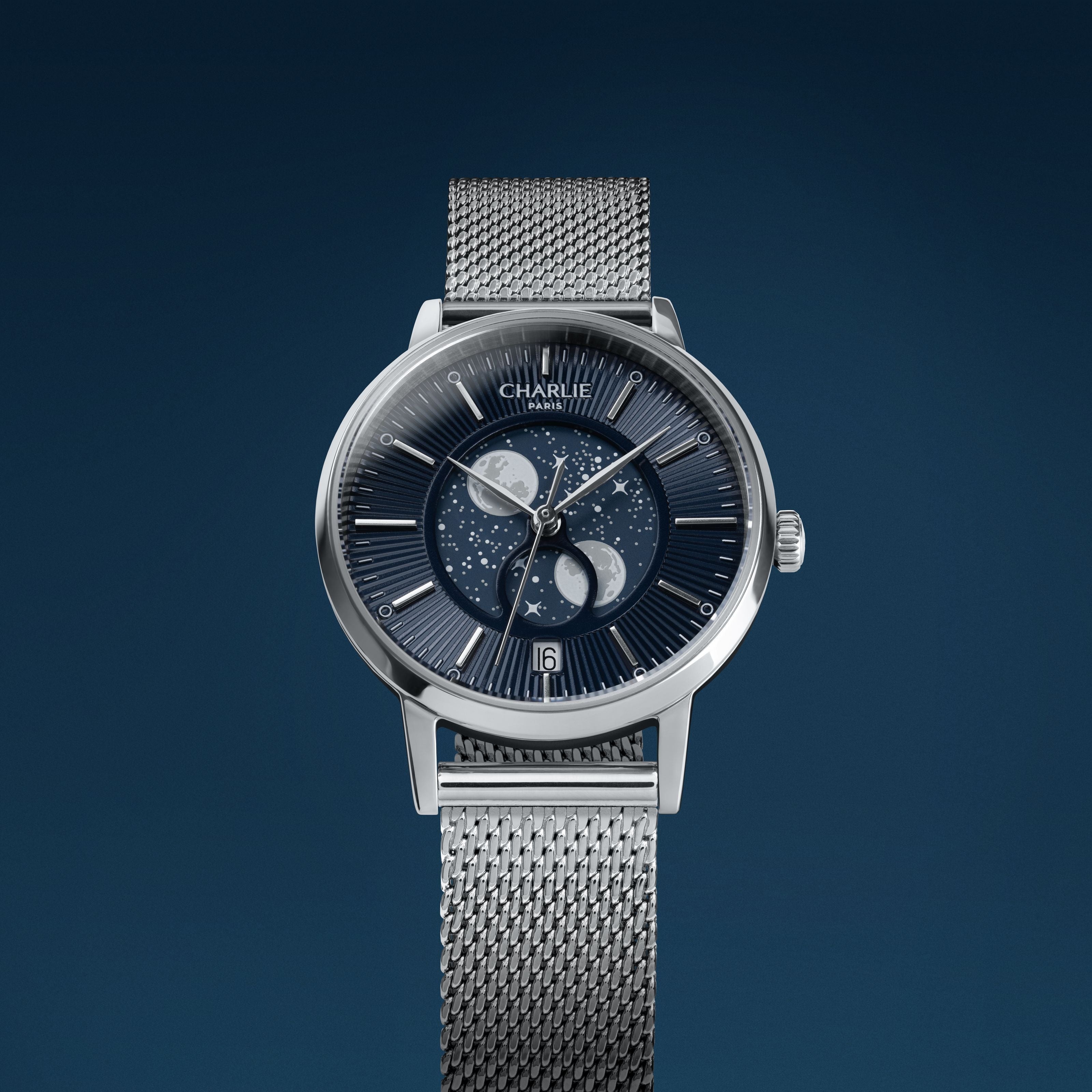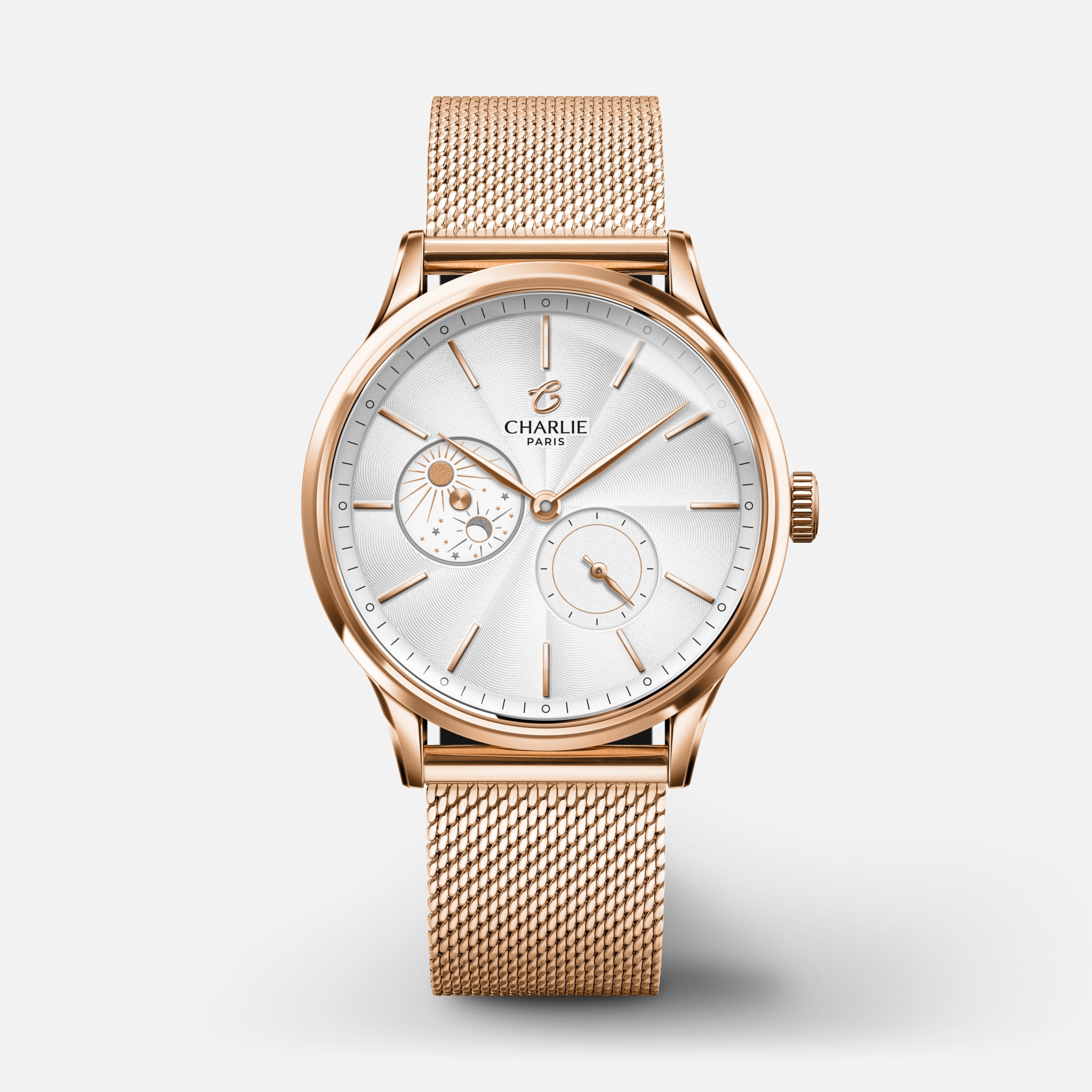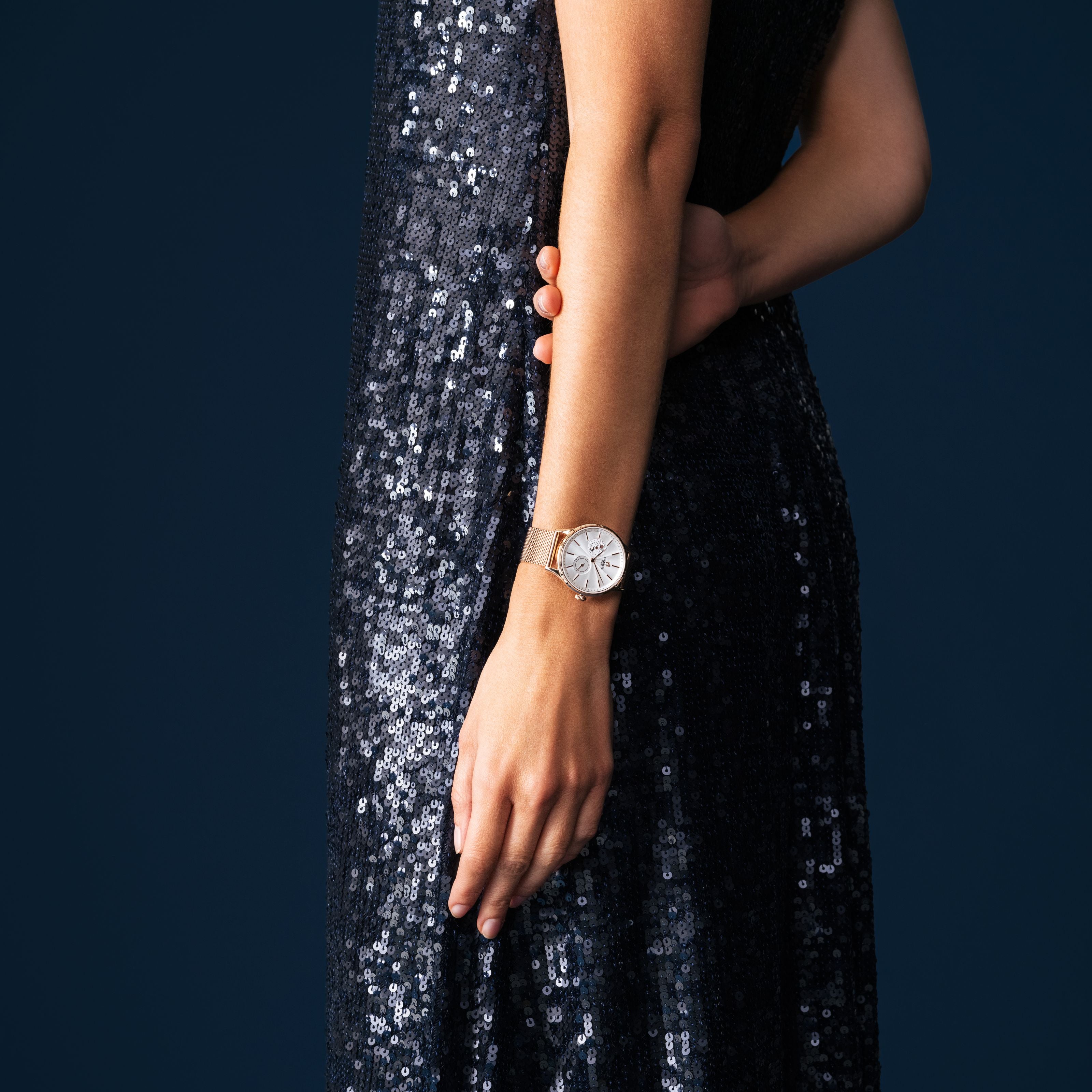60 seconds, 60 minutes, 24 hours ... today the division of time seems natural. But how did we get there? This is what we will see in this article through the following three points:
The origin of the division of time
To find the origin of the division of time, and thus understand why there are 60 seconds in a minute, we must go back to the Egyptian and Babylonian antiquity, to about 3,000 years BC. Based on the observation of the phases of the moon, which last about 29 and a half days, our distant ancestors established the months. Egyptian astronomers also calculated, by observing the sky, that a year lasts 365 days. Around 2800 BC, the year was divided into three seasons of four months, and each month was composed of three weeks of ten days, which were later transformed into weeks of seven days, probably to allow workers to rest more often on the last day of the week, and also for religious reasons. In connection with this calendar of 12 months of 30 days, Babylonians and Greeks divided the circle into 360 degrees (12 times 30). At the same time, around 200 BC, the Egyptians divided the day into 12 hours of day and 12 hours of night, probably because the year was already divided into 12 months. This means that one hour of summer daylight lasted longer than one hour of winter daylight, and vice versa for the night. So minutes and seconds also had a random duration. So we were not yet on our traditional division of 60 seconds which give one minute, and 60 minutes one hour!
But then why 60 minutes and 60 seconds?
Parce que cette base 60 était utilisée par les astronomes Because this base 60 was used by the Babylonian astronomers for their calculations, who had noticed that 60 is divisible by 2, 3, 4, 5 and 6, which is very convenient to make quarters, thirds.
Let's go back to this circle divided into 360 degrees (12 times 30). When the first clocks were designed, a clock face being a circle, it is quite natural that we used this ancient division in 12 to show the hours. This is how a day consists of 24 hours, each hour of 60 minutes, and each minute of 60 seconds. You will never look at your watch in the same way again. 
Read more
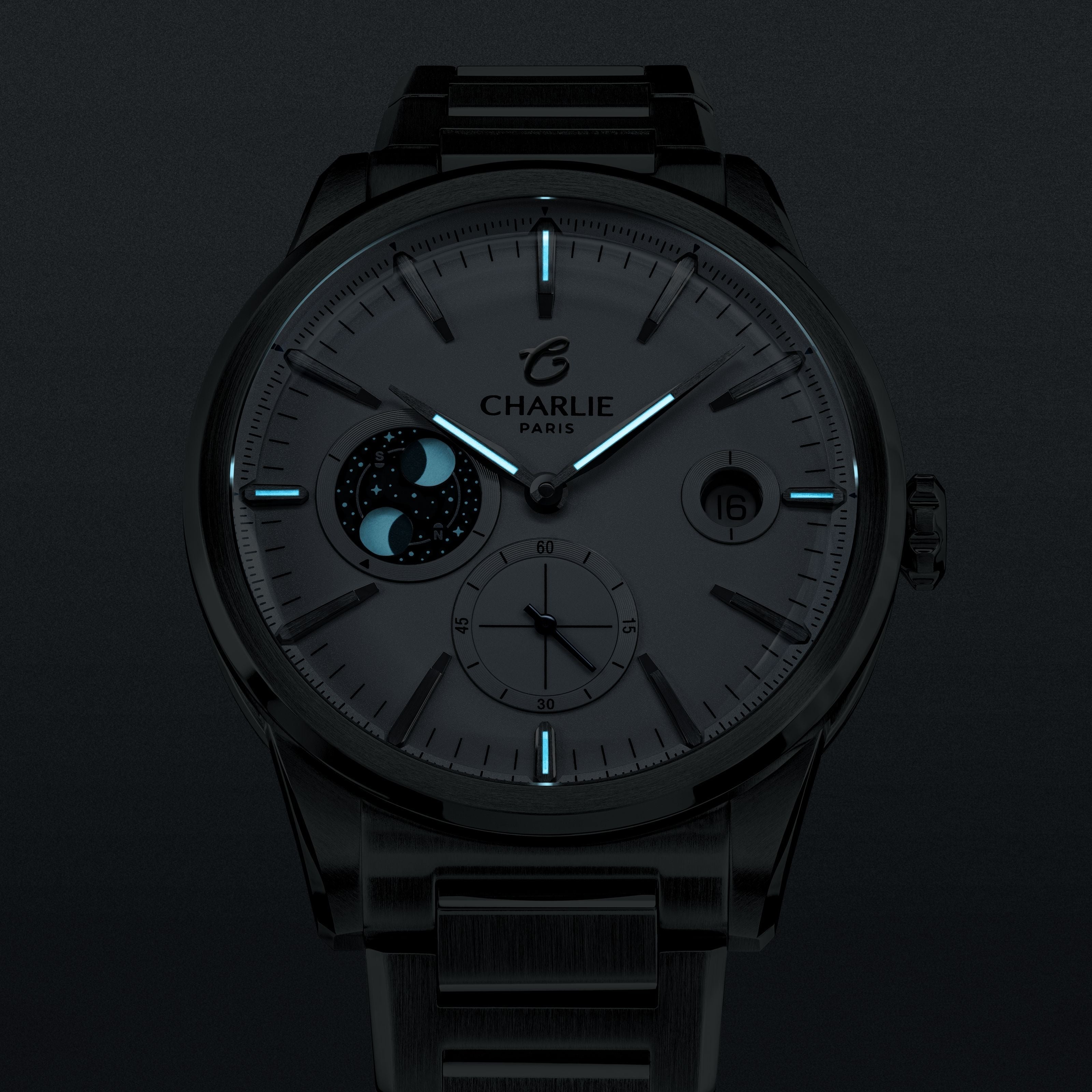
Have you always wondered how it is possible to read the time on your watch even in the dark? All the answers to your questions in this article.

Waiting 100 years is already a long time... Waiting 107 years seems like an eternity! So how did this expression come about and where does it come from?

